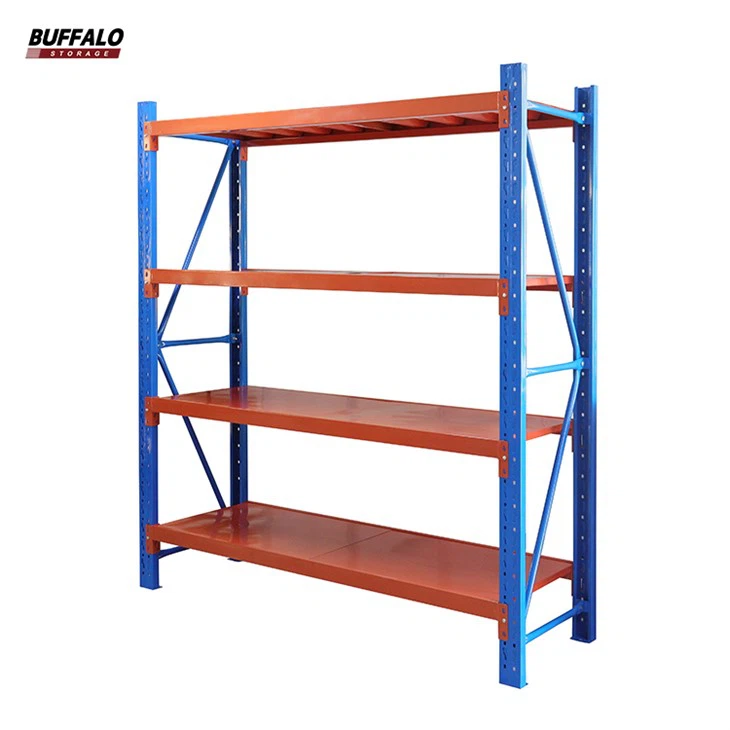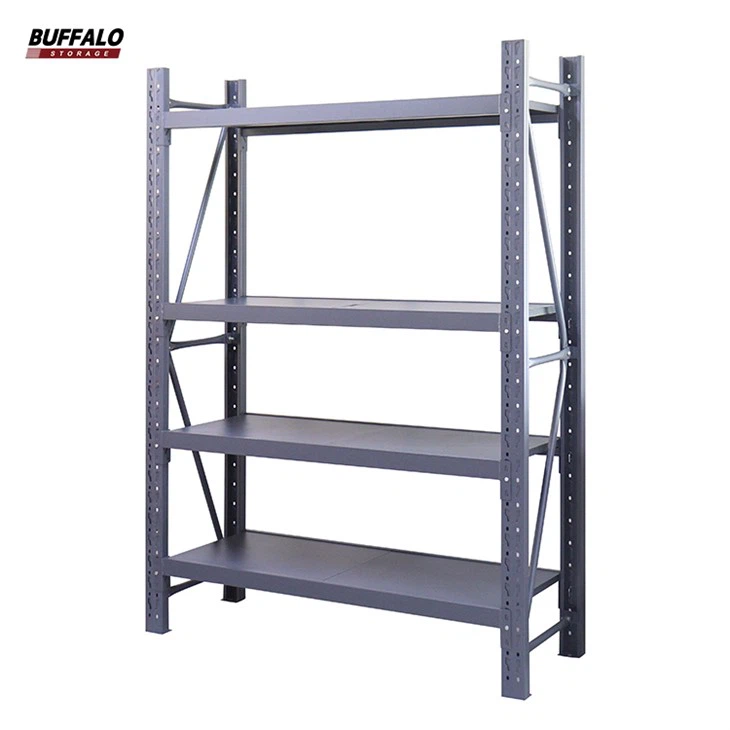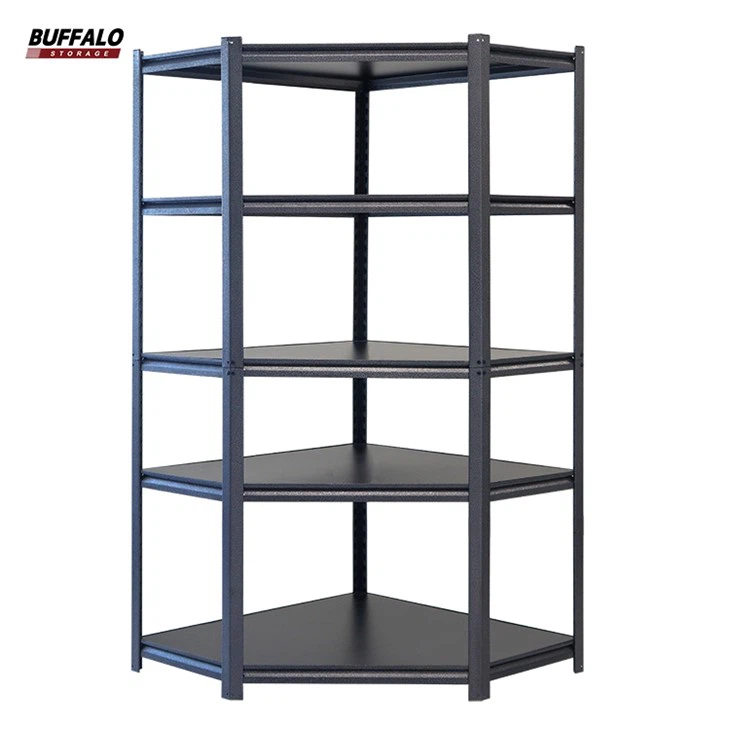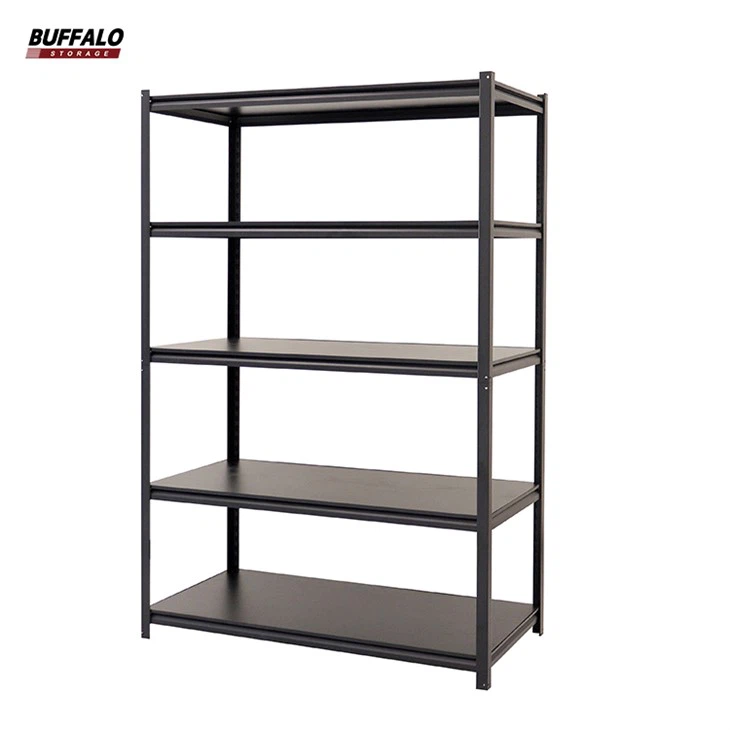In the world of storage solutions, the terms “racking” and “shelving” are often used interchangeably, but they refer to distinct systems with specific applications and characteristics. Understanding the difference between racking and shelving is crucial for choosing the right system for your needs, whether you’re organizing a warehouse, retail space, or even a home garage. This article will delve into the definitions, key features, advantages, and best use cases of both racking and shelving to help you make an informed decision.Definitions
Racking: Racking systems are heavy duty storage solutions designed to hold large quantities of heavy items. They are typically used in industrial and warehouse settings to store pallets and bulk goods. Racks are constructed from robust materials such as steel, and they often feature multiple levels of storage, allowing for vertical space optimization.
Shelving: Shelving systems, on the other hand, are generally lighter and designed for storing smaller items. Shelves are versatile and can be found in various environments, including homes, offices, retail stores, and light industrial settings. Shelving units can be made from a variety of materials, including metal, wood, and plastic, catering to different storage needs and aesthetic preferences.
Key Features
1. Load Capacity: Racking systems are designed to support heavy loads. They can hold large pallets and heavy items that would be impractical for standard shelving units.
2. Height Utilization: Racks are typically taller than shelving units, making full use of vertical space. This is especially important in warehouses where floor space is at a premium.
3. Durability: Made from heavy-duty materials like steel, racking systems are built to withstand significant wear and tear, ensuring longevity even in demanding environments.
4. Accessibility: Racking systems often require equipment like forklifts to access items stored on higher levels. This can be a consideration when planning your storage layout.
5. Configurability: Racking systems are highly configurable and can be adjusted to fit different pallet sizes and storage requirements.
1. Versatility: Shelving units are highly versatile and can be used for a wide range of storage needs, from books and office supplies to small parts and retail products.
2. Ease of Access: Items on shelves are easily accessible by hand, making shelving systems ideal for environments where quick and frequent access to items is necessary.
3. Material Variety: Shelving can be made from metal, wood, plastic, or a combination of materials, offering various options for durability, appearance, and cost.
4. Modularity: Many shelving units are modular and can be expanded or reconfigured as storage needs change.
5. Aesthetics: Shelving units can be designed to be aesthetically pleasing, making them suitable for public-facing areas like retail stores and offices.
Advantages
Advantages of Racking
1. High Capacity: Racking systems can store large volumes of goods, making them ideal for warehouses and distribution centers.
2. Space Optimization: By utilizing vertical space, racking systems maximize storage capacity without occupying additional floor space.
3. Strength and Stability: The robust construction of racking systems ensures they can safely support heavy loads.
4. Organizational Efficiency: Racking allows for organized storage of pallets and bulk items, improving inventory management and accessibility.
5. Customizable: Racking systems can be tailored to fit specific storage needs, such as drive-in racks, push-back racks, and pallet flow racks.
Advantages of Shelving
1. Flexibility: Shelving units can be easily rearranged or relocated, offering flexibility in dynamic environments.
2. Accessibility: Items stored on shelves are readily accessible, reducing the time needed to retrieve items.
3. Cost-Effective: Shelving is generally less expensive than racking, making it a cost-effective solution for lighter storage needs.
4. Diverse Applications: Shelving can be used in a variety of settings, from residential to commercial, accommodating different storage requirements.
5. Aesthetic Options: Shelving units come in various designs and finishes, allowing them to blend seamlessly into their surroundings.
Best Use Cases
Best Use Cases for Racking
1. Warehouses: Racking systems are essential in warehouses for storing pallets of goods, optimizing space, and improving inventory management.
2. Distribution Centers: Racks are used to store and organize bulk items, facilitating efficient order fulfillment and distribution.
3. Manufacturing Plants: Racking systems support the storage of raw materials and finished products, contributing to streamlined production processes.
4. Large Retailers: Big-box stores and home improvement centers use racking to store inventory that is not on display, ensuring stock availability.
Best Use Cases for Shelving
1. Retail Stores: Shelving units display products in an organized and visually appealing manner, enhancing the shopping experience.
2. Offices: Shelving is used to store office supplies, files, and documents, keeping workspaces organized.
3. Homes: From kitchen pantries to garage storage, shelving helps keep household items neat and accessible.
4. Libraries: Shelving units are essential for organizing books and other media, providing easy access for patrons.
5. Workshops: Shelving systems in workshops and hobby spaces store tools, materials, and small parts, aiding in project organization and efficiency.
Conclusion
Understanding the differences between racking and shelving is vital for selecting the appropriate storage solution for your needs. Racking systems offer high capacity, durability, and efficient use of vertical space, making them ideal for industrial and large-scale storage applications. In contrast, shelving units provide versatility, ease of access, and aesthetic options, suitable for lighter storage needs in residential, commercial, and retail environments.
By evaluating the specific requirements of your storage space, including load capacity, accessibility, and cost considerations, you can determine whether racking or shelving is the best fit. Both systems have their unique advantages and can significantly enhance the organization and functionality of any storage area.





